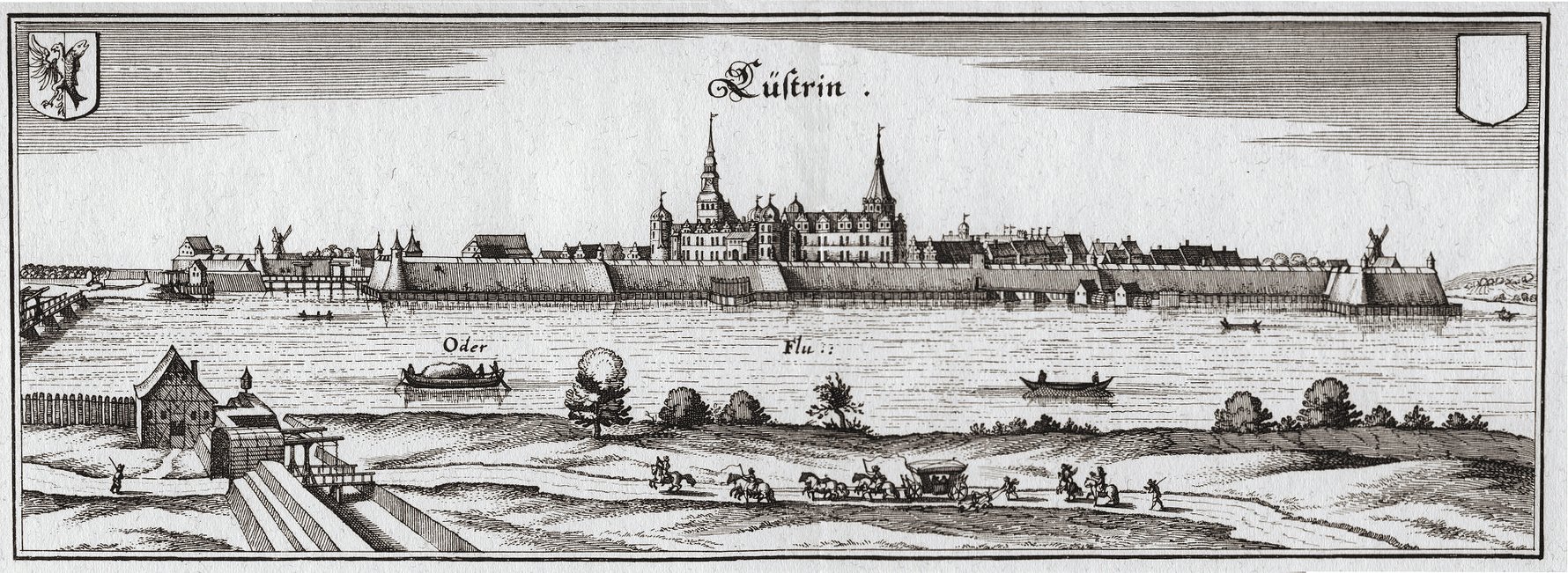
After being captured and burned down by the French during the Napoleonic Wars, Küstrin was rebuilt and grew to not only be an important city for river trade, but also a major railway hub of the Prussian and then German Empires. Both a massive military fort and thriving riverside city at the same time, Küstrin’s city centre - which included a castle, market square, town hall, church, multiple factories, and three tram lines - came to occupy the entire river peninsula, ringed with massive brick fortifications.

This arrangement was not fortuitous for its residents during WWII when it was bombed incessantly by the Allies, and felt the full fury of the Soviet Army, who took the devastated and deserted city in March 1945. At war’s end 95% of its buildings were completely destroyed.
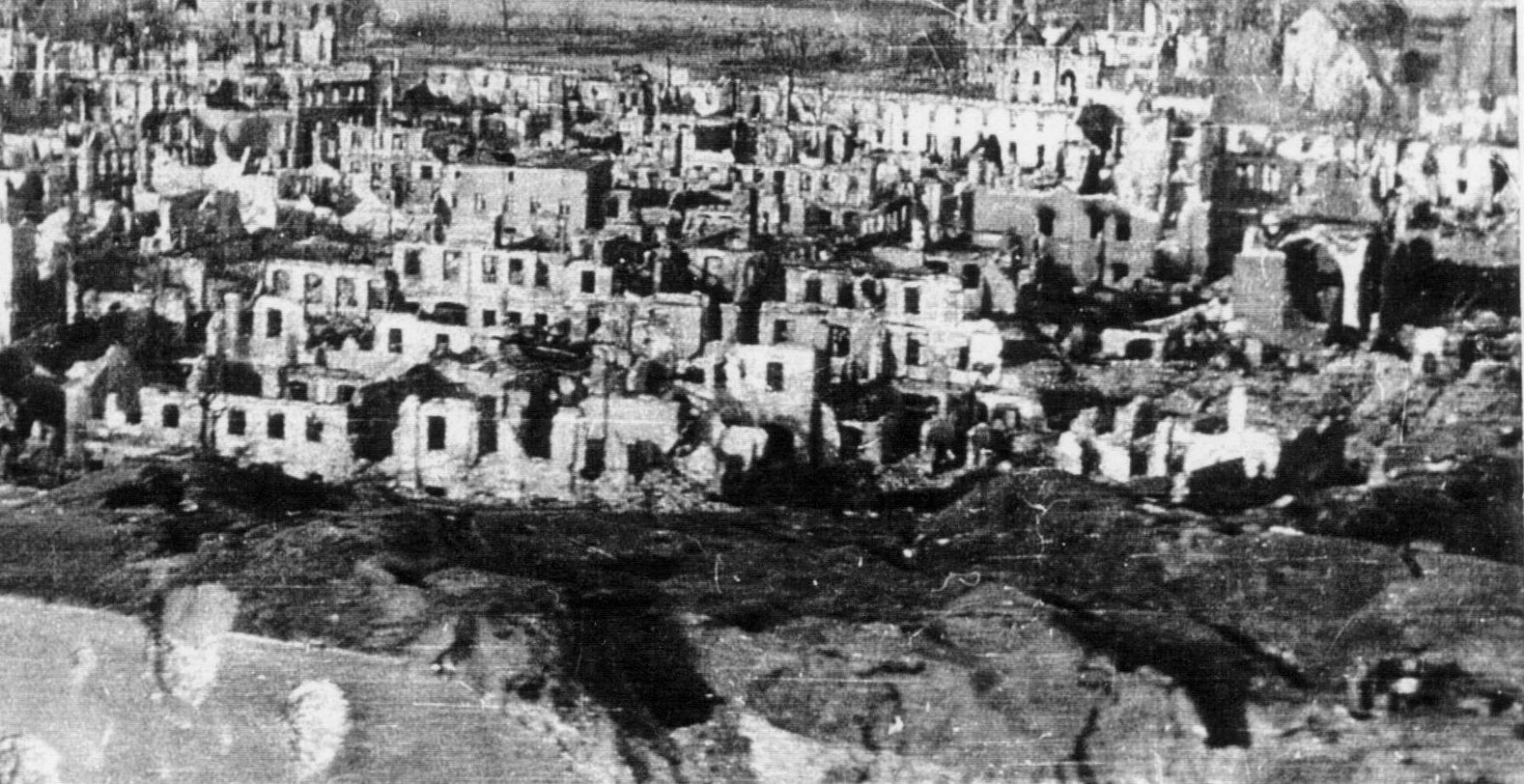
When the Oder became the new borderline between Poland and Germany following the war, the western suburb of Küstrin became the German city of Küstrin-Kietz, and Poland’s Kostrzyn (also known as Kostrzyn nad Odrą) developed on the north side of the Warta River, leaving the razed Old Town of Küstrin as a buffer between the two. Technically in Poland, the ruins of the fortress city were stripped down to the foundations and the bricks were used to rebuild Polish cities elsewhere.
Visiting Today
Today the Old Town of Kostrzyn (Stary Kostrzyn) is commonly referred to as the ‘Polish Pompeii’ - an entire city frozen in the past, untouched, gradually overgrown with vegetation and slowly disappearing in the years since WWII. In reality, three of the city’s bastions have been preserved and one of the old city’s major landmarks - the Berlin Gate - has been rebuilt. Today the Berlin Gate functions as a small exhibition space, but primarily as a tourist information office and important first point of contact for anyone wishing to explore the shrouded past of what was once one of Brandenburg’s most beautiful cities (open Tue-Fri 10:00-16:00, Sat-Sun 10:00-18:00, closed Mon).
The chilly underground tunnels of Bastion Filip, meanwhile, house the excellent Kostrzyn Fortress Museum exhibits, which engross visitors with their modern, interactive displays. As you proceed through the bunkers you’ll get acquainted with the entire history of the city, with special attention paid to the Seven Years' War, the destruction of the city on the eve of the Battle of Sarbinowo in 1758, and the fighting in February and March 1945. A separate exhibit is also devoted to the history of the Kostrzyn Castle as the ancestral home of the Hohenzollerns. Absolutely worth it, just dress warm for this one, regardless of the time of year.
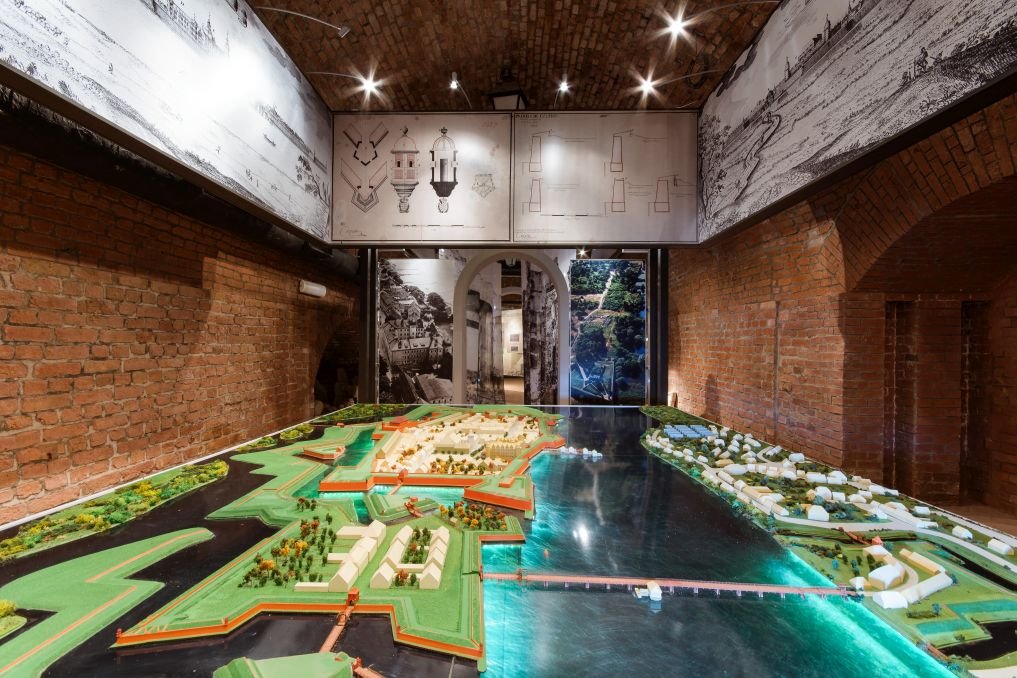
Once you’ve explored Bastion Filip (or regardless of whether you have or not), you can enter the Old Town and explore the city’s ruins on your own (use the bathroom before you go!). A massive public park, historical monument and archaeological site all at once, what remains is an evocative and forlorn tangle of cellars, foundations and low walls hidden by underbrush, stairways that lead nowhere and pedestals without monuments on them. With cobblestone paths and curbs still delineating the streets, informational boards give you a vague idea of where the city’s castle, town hall and market square once stood. If you really want to learn what you’re wandering through, however, arrange for a guided tour. Both experiences are rewarding in their own way; a solo wander through the ruins is free, while 90min tours (including Bastion Filip) start at 120/240zł (Polish/foreign language) per group and are available in English and German; book at least three days in advance.
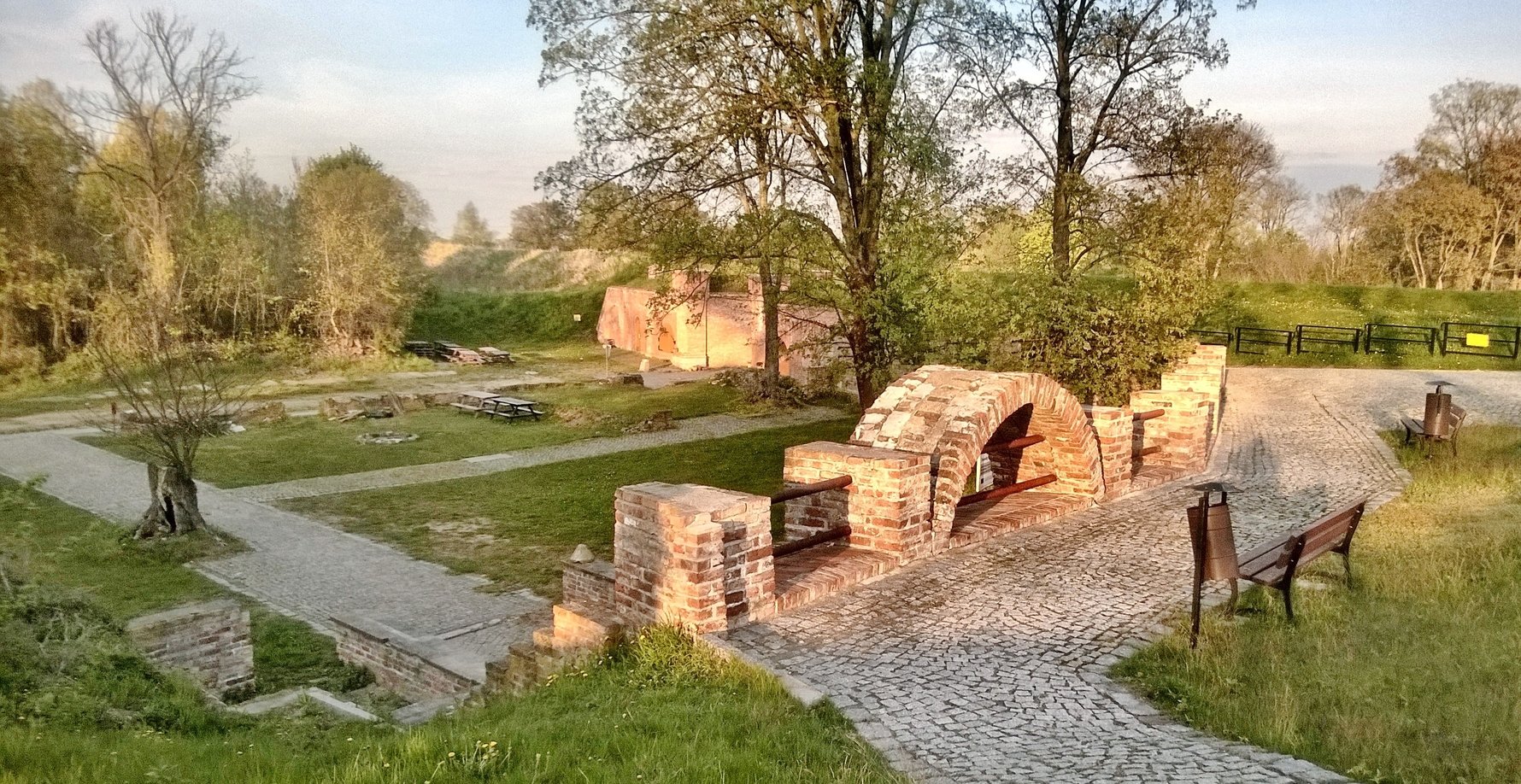


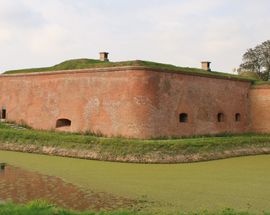
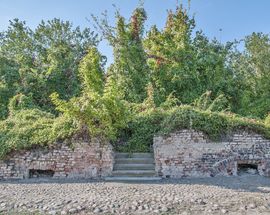
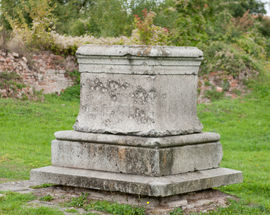

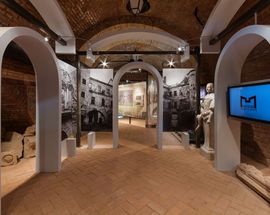

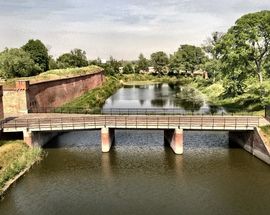
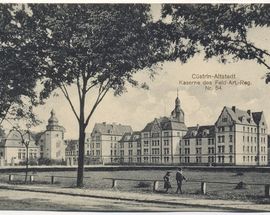

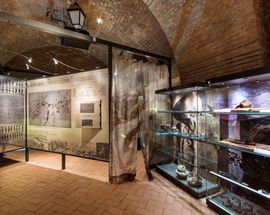


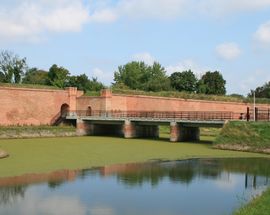
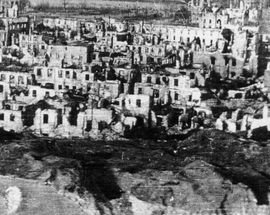
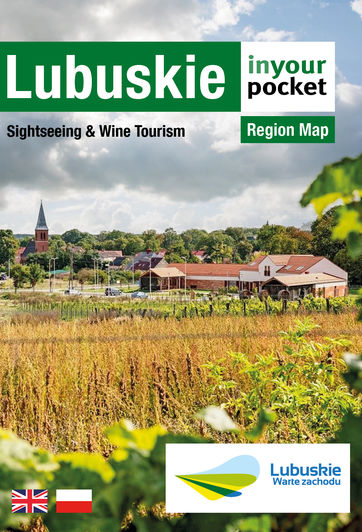
Comments